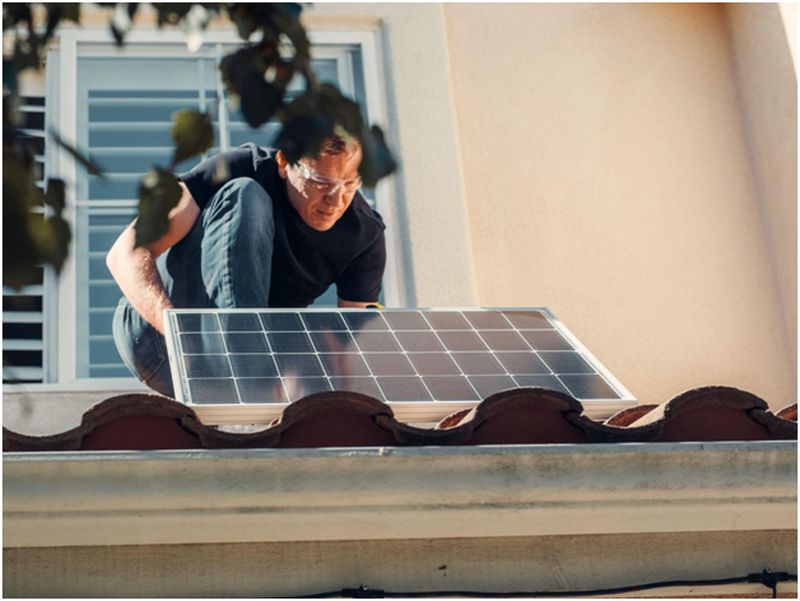
In recent years, the issue of selection of household solar panels, providing electricity for homes, apartments, cottages, villas and other options for living space has become relevant. Solar module of different types works on the same principle.
When choosing such units, it is worth knowing that they are divided into two large groups:
Each of them has its own characteristics. However, when selecting them on Homequote, it is worth knowing the necessary criteria. Read more about this in our material.
What you should pay attention to
The choice of any variety of solar panels for the living space should be carried out according to the following criteria:
- Performance of the units
- Eco-friendliness
- Price of the set
It is worth noting that the productivity, as well as the price, also depend on the number of solar modules, so it is also important to know. All these criteria are inseparably linked. The price tag is determined by the variety of battery and additional equipment that comes with the panel.
The performance is affected by the quality of the solar panel assembly, but their functionality is different. But all these modules are safe for the health and life of people and their pets. According to experts, the greatest harm of solar panels is the release of toxic substances during their manufacture. However, this drawback is eliminated with the recycling of harmful substances.
Silicon panels
This is the most common version of household solar panels – 90% of the world’s population uses this type of batteries, according to statistics. These batteries can be divided into such types:
- Polycrystalline
- Monocrystalline
- Amorphous
Polycrystalline solar modules are made using not the purest silicon crystal, created by cooling this mineral. These options are usually used for a home or cottage, as they are cheap and can generate enough energy to power a room.
Monocrystalline panels are also very popular, with a single crystal at the core, which is obtained by molding. This is a very reliable module that can last for several decades, but it is quite expensive.
Amorphous batteries produce 10% more solar energy than polycrystalline. They can do it even in cloudy weather and other unfavorable conditions.
Film modules
They are usually available in rolls that can be spread out over areas with an impressive surface area. They are becoming increasingly popular due to the polymer film they are based on. A solar module of this type is famous for the following features:
- Can be cut into pieces
- Takes any shape
- Can be adjusted to the selected size
- Allows you to pave the roof with smooth curves
- Low weight
Such modules have several varieties:
- Batteries with a cadmium tellurium base: They are glued on the roofs of not only houses, but also caravans, as well as other commercial and industrial premises.
- Panels with a selenide copperIndium base: These options have all the prospects of gaining popularity in the near future. They could become a must-have feature on any device – a smartphone or even an airplane.
- Polymer modules: They have two layers. The first layer consists of polymer, and the second – of aluminum electrodes. Both layers are on the organic coating, and the top is protected by a special layer. Its price is quite low, but its efficiency leaves much to be desired.
Of course, this type is not very common yet, but no one knows what the near future will show.
Conclusion
Despite its high price, home solar panels will pay for themselves in 25 years of service. This can be verified by calculating the amount the average citizen pays for the supply of electricity for household needs. The two main types of solar panels have different features, but their selection criteria are the same.
Before buying, it is worth paying attention to the price, productivity and safety. It is also necessary to consider not only the number of modules, but also their size, comparing their parameters with the area of available space. The right choice and calculation will help to completely eliminate dependence on the state electricity supply.
Article Submitted By Community Writer
creditSource link






